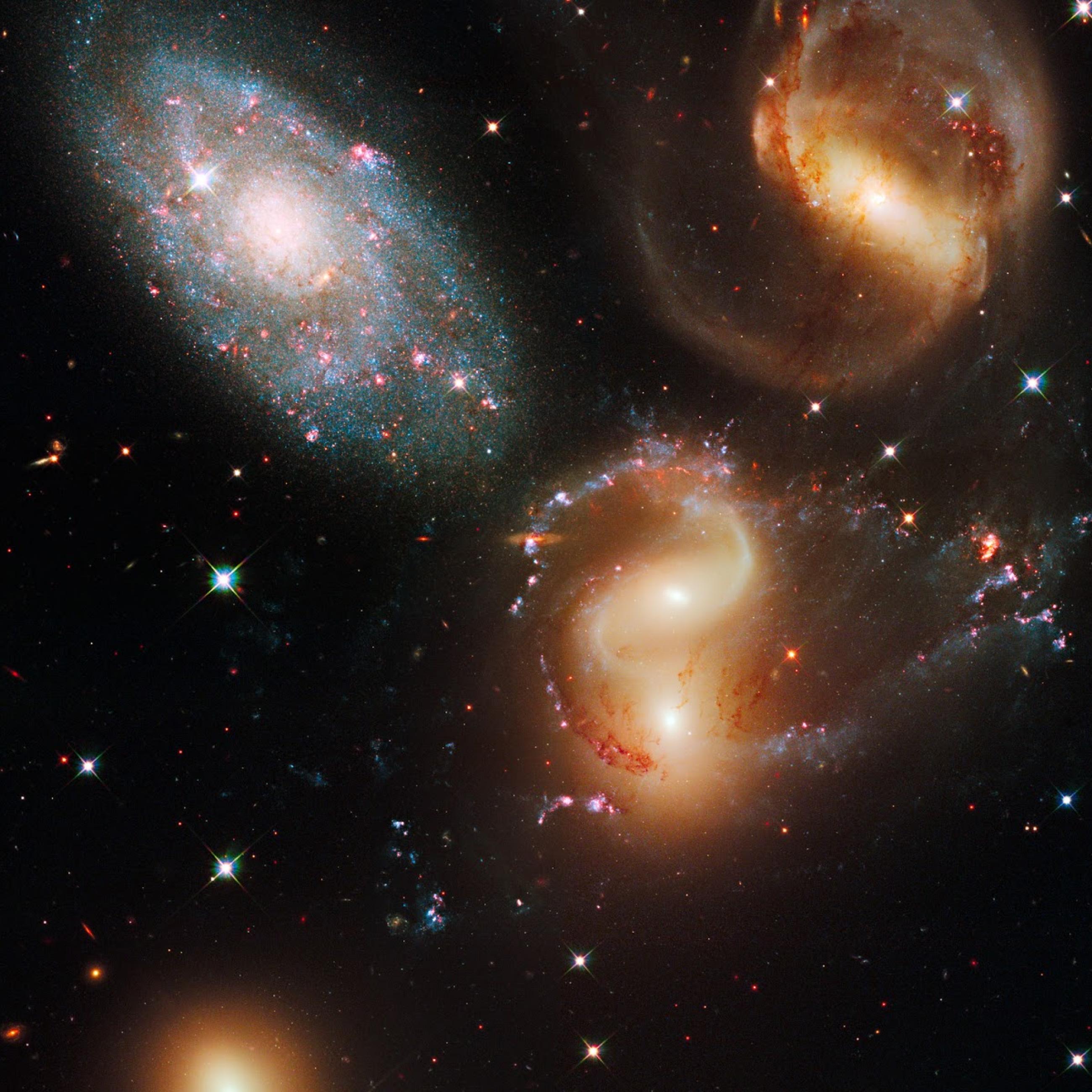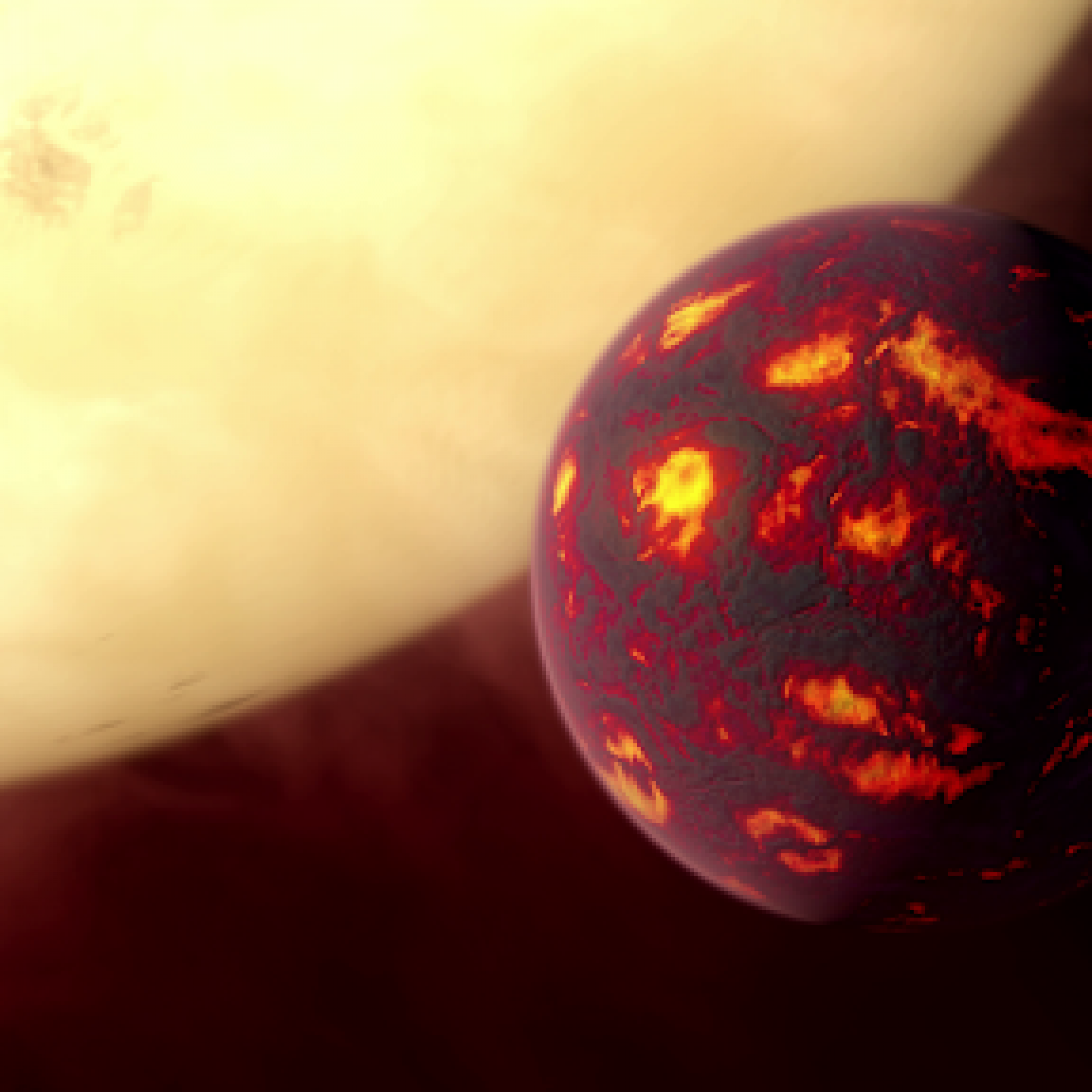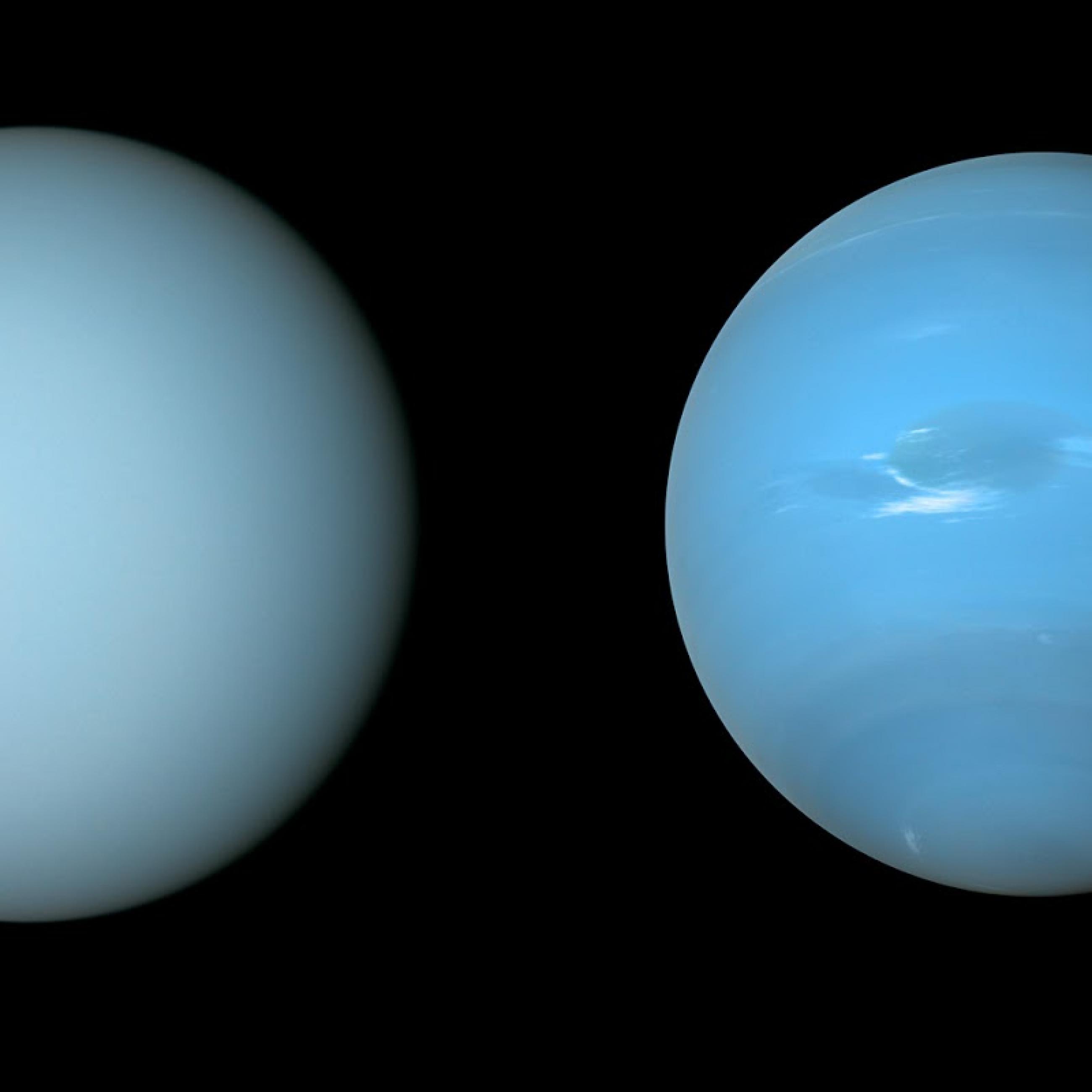They are formed by elementary particles called electrons, protons, and neutrons. In Ancient Greece, Leucippus and Democritus had been searching for an explanation for the Universe's origin. Their theory suggested that the principle of everything was something indivisible and indestructible — in greek, atom means “something that cannot be divided”. However, the 'father of modern atomism' is the British physicist John Dalton. He based his work on the ideas of Leucippus and Democritus, creating “Dalton’s Atomic Model”, in which he proposed that all atoms are massive and indestructible. For example, if an atom was the size of a football stadium, its core would be the size of a pea, but it would be so dense that would contain roughly all of their mass.

ATOMS AROUND US

HUBBLE-LEMAITRE LAW
The belgium priest Georges Lemaître (1894-1966) was one of the first to consider that the Universe began as a result of the explosion of a hyperdense singularity. The scientific community remained skeptical until two years later, when the american astronomer Edwin Hubble (1889-1953) observed that most galaxies are distancing themselves from ours.
He determined that there is a direct and proportional relationship between the velocity at which two galaxies are moving away from each other and the distance between them. The idea of expansion of the Universe was consolidated after the article “The Velocity-Distance Relation Among Extra-Galatic Nebulae”, published in 1931, from a collaboration between Hubble and the american astronomer Milton Humason.

HAVE YOU EVER HEARD ABOUT LAVA WORLDS?
It’s a class composed of terrestrial planets orbiting extremely close to their parent star, resulting in high internal heat and volcanic and tectonic activity, creating lava lakes at the planet’s surface.
There are several hypotheses about its origin. Among them, there’s the possibility of an impact between large celestial objects or by the gravitational effect of its parent star, which causes intense irradiation and tidal forces.
It is unlikely that life as we know exists in such a hostile environment. Further studies and observations are required to determine its creation, the formation of the planet’s crust and atmosphere.

THE ICE GIANTS
They are a class of planets composed mainly of heavier elements such as Oxygen, Carbon and Nitrogen, significantly not as small as terrestrial planets, but not as big as Gas Giants. There’s no need to search far to find them: Uranus and Neptune, both part of this type of planet, are located on our Solar System.
It’s believed that its planetary interior is formed by four water phases: solid, liquid and superionic water - which exists at extremely high temperature and pressure. For all those extreme conditions unbeknownst to us here on Earth, it’s most likely that this water on ice giants is not as we know it.